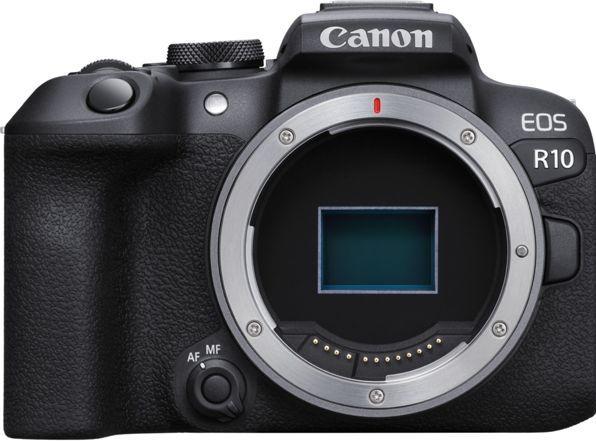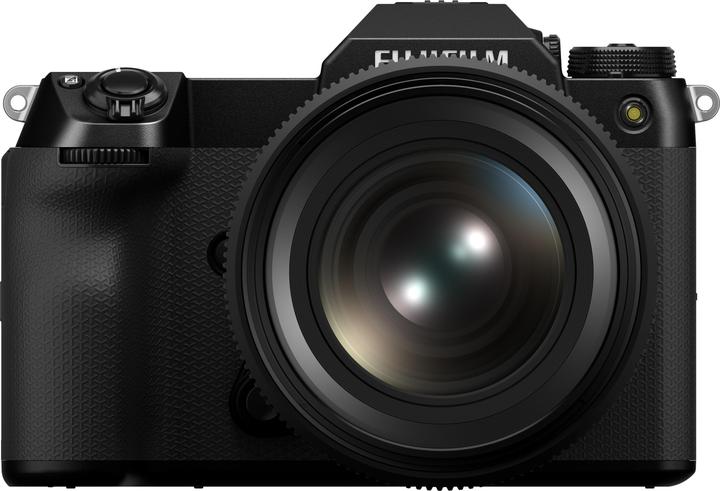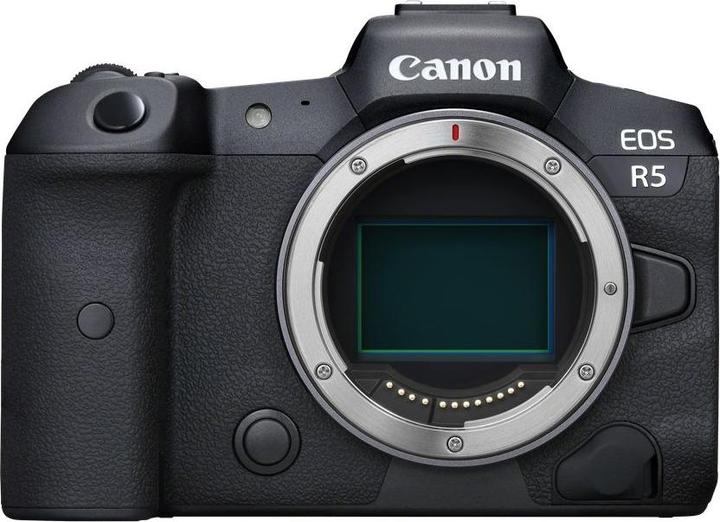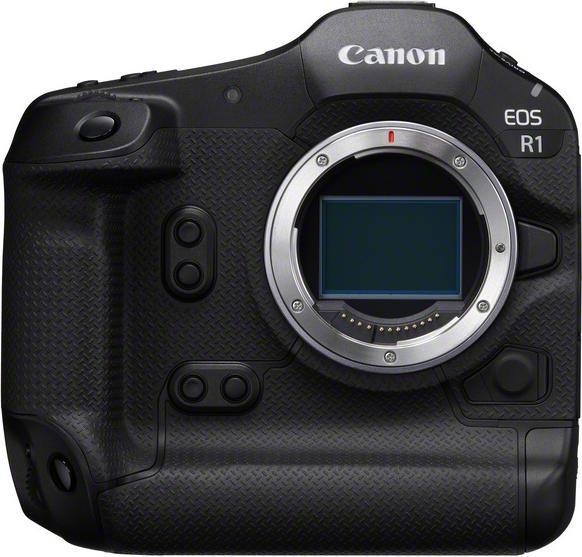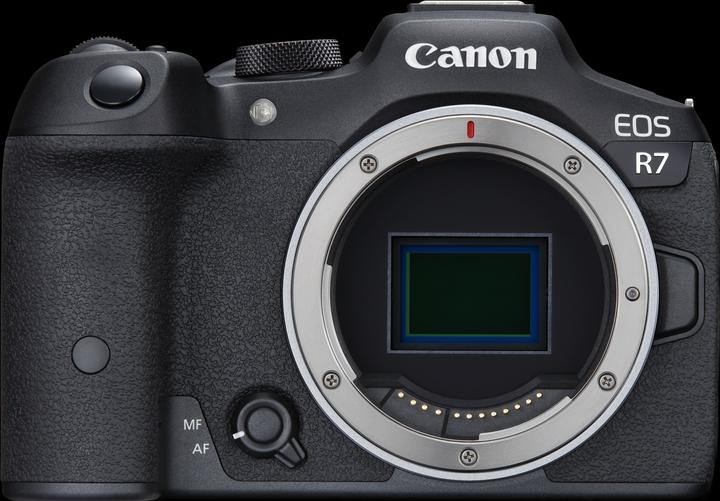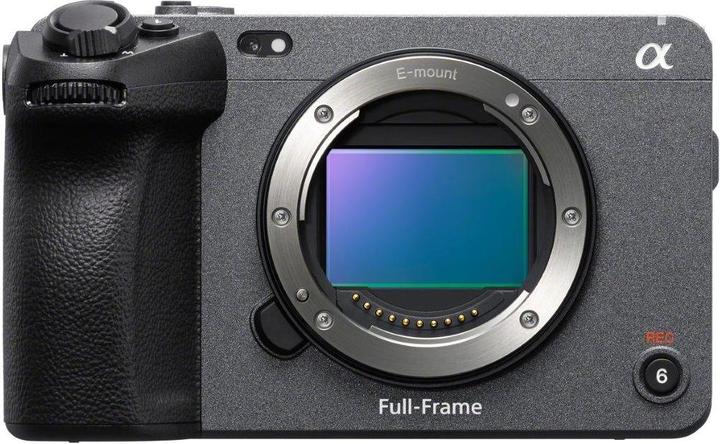

The editorial team’s favourite cameras – June 2025 edition
Which camera is right for you? In this guide, you’ll find out which models we would personally buy for different areas of photography. We’ll be updating it on a regular basis.
Looking for a new camera but don’t know which one to get? The world of cameras is quite the jungle. In the Digitec editorial team, we’re lucky to get our hands on all the latest models. In this article, I’ll let you know which ones are currently my favourites. Some of the recommendations also come from fellow editor David Lee. We’ll be updating it on a regular basis. You’ll find the previous version from October 2024 here.
We’re aware that there’s no blanket answer to the question, «What’s the best camera?». It all comes down to your budget, situation and preferences. The devices listed here are the ones we’d spend our own money on. Have your own experiences? We’d love to hear your thoughts in the comments!
Status report: what’s popular right now?
For all who like to follow the camera market as a whole, here’s a summary of the current state of the industry:
1. Sensor technology is stagnating: image quality used to improve with every camera generation – more megapixels, more dynamic range, less image noise. In recent years though, practically nothing has happened. The brand new Sony Alpha 1 II, for example, uses the same sensor as its predecessor four years ago. And «new» sensors in other cameras are mainly just compromises between price, image quality and speed. At most, there’ll be slight progress in image processing thanks to more powerful processors.
2. AI helps with focusing: autofocus systems have become even more advanced recently. «Artificial intelligence» isn’t just an empty buzzword here, it actually brings benefits: the latest systems are trained to anticipate a person’s future position based on the movement of their limbs. They’re also able to automatically recognise more motifs. It’s difficult to quantify this kind of progress, but is noticeable in everyday life.
3. Restraint in computational photography: in contrast to autofocus, AI has hardly found its way into cameras for image processing. Smartphones have been getting the most out of small sensors with fully automatic multi-shots and digital tricks for a long time. Meanwhile, Canon, Sony and the like are hesitant.
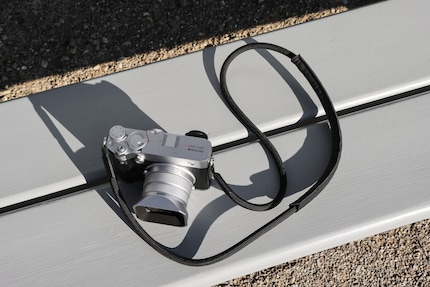
Source: Samuel Buchmann
4. Retro design and minimalism are in: since technical development has slowed down, manufacturers are looking for other ways to make you buy a new camera. Pretty models with a retro look are trending. For example, the Fujifilm GFX100RF or the OM-System OM-3. The Sigma BF is an example of minimalism gone too far.
5. YouTubers as a target group: there are high hopes for one growing customer segment – vloggers. As a result, manufacturers are currently launching a bunch of hybrid and video cameras on the market. From small models such as the Canon PowerShot V1 to ones with interchangeable lenses such as the Sony ZV-E10 II to flagships such as the Panasonic Lumix S1RII.
All-purpose weapon: Sony Alpha 1 II, Nikon Z8
As mentioned above, there’s no such thing as the «best camera» – but somehow there is, when money’s not an object: the Sony Alpha 1 II simply does everything. Whether you’re shooting a movie, taking a portrait or photographing sport, it always delivers. Yes, the upgrade compared to its predecessor is small. Mind you, there was little to improve. And yes, the price is too high compared to other brands. But if you want perfection, you’ll have to dig deep into your pocket.

If you’re on a budget, Nikon’s offering 90 per cent the performance of the Sony Alpha 1 II for half (!) as much money. The Z8 also has a stacked sensor with high resolution. And it’s fast. It also excels in both photography and filming. The only slight compromises compared to the competition are in autofocus, viewfinder resolution and weight.
Further solid options: Canon EOS R5 Mark II, Canon EOS R6 Mark II, Sony Alpha 7 IV, Nikon Z6III, Panasonic Lumix S1RII
Entry-level cameras: Canon EOS R10, Nikon Z50II
If you’re on a tight budget, you still have decent options. The Canon EOS R10 offers an APS-C sensor with solid image quality, good autofocus and excellent handling. Even cheaper and equally impressive would be the EOS R50. The only issue is, it’s too small for most hands and lacks important controls such as a thumb joystick and the second dial. You won’t find a stabilised sensor in this price range, but at least there’s a stabiliser in the kit lens.
The Nikon Z50II is more expensive than Canon’s model. It has a cutting-edge autofocus system with professional-grade algorithms. It automatically recognises different subjects and can stay locked on to them thanks to 3D tracking. The handling of the Z50II is also well designed, and for this price range, it offers excellent video quality with 10-bit colour depth. On the downside, the range of APS-C lenses remains small so far, especially the lack of fast zooms from both Nikon and third-party suppliers.
Further solid options: Fujifilm X-M5, Canon EOS R50, Sony Alpha 6100
Studio photography: Fujifilm GFX 100S II, Canon EOS R5
If you’re looking for ultimate image quality, you can’t get around a medium format sensor. Autofocus with reliable eye tracking is also very practical for portraits. The Fujifilm GFX 100S II offers both – and for a sensor of its size, doesn’t even cost very much. It has a fantastic dynamic range, a good image stabiliser and an affordable range of lenses. The slow flash synchronisation time of 1/125 second is irrelevant in the studio.
In the full-frame range, your choices are endless. The Canon EOS R5 is good value for money. Now the successor model’s been released with an even better autofocus. And it’s already good enough in the studio on the R5. With 45 megapixels, the resolution’s still up to date and, in my opinion, Canon’s skin tones are the best of all manufacturers. You also have a huge selection of high-quality RF lenses to choose from.
Further solid options: Sony Alpha 7RV, Nikon Z7II, Panasonic Lumix S1RII, Fujifilm X-H2
Landscape photography: Hasselblad X2D, Sony Alpha 7C R
Hasselblad X2D’s image quality is fantastic. As the most expensive camera in this list, it costs 9000 francs – without the equally expensive lenses. There’s no way to rationally justify this price. Nevertheless, it remains my dream camera for landscape photography for one simple reason: it’s fun and inspiring. Rumour has it that a successor will soon eliminate the weaknesses in handling and autofocus. My bank account is trembling.
The Sony Alpha 7C Ris a more sensible value for money option. It has the same full-frame sensor with 61 megapixels as the larger Alpha 7RV – but in a compact housing. You have to compromise on the viewfinder and video functions, but neither of these are a major issue for landscape photography. As Sony has many compact lenses in its range, you can put together a lightweight, high-performance set with the A7C R.
Further solid options: Fujifilm GFX 100S II, Sony Alpha 7RV, Canon EOS R5, Canon EOS R5 Mark II, Nikon Z7II, Fujifilm X-T5
Photojournalism: Canon EOS R1, Nikon Z6III
Since magazines often rely on images in portrait format, cameras with a fixed vertical grip are ever-present in the world of press photography. The Canon EOS R1 has one of the best autofocus systems on the market, so you won’t miss a moment. The sensor may not have a global shutter like the Sony Alpha 9 IIIbut the image quality is better. And the competition’s fierce: if you prefer a higher resolution, for example, you’ll have more fun with the Nikon Z9.
The Nikon Z6III is more affordable and also a good choice. Thanks to its partially stacked sensor, it’s extremely fast for its price class. But you have to compromise on a slightly lower dynamic range and a moderate resolution. Nevertheless, the Z6III’s an excellent all-rounder with intuitive handling. Plus, Nikon’s recently been launching cheaper, lightweight Z lenses that fit perfectly to the Z6III and are of good quality.
Further solid options: Nikon Z8, Sony Alpha 1 II Sony Alpha 1, Sony Alpha 7 IV, Canon EOS R3, Canon R6 Mark II, Fujifilm X-H2S
Travel photography: Sony Alpha 6700, iPhone 16 Pro
When travelling, it’s handy to be able to cover all your needs with a single lens. And you also don’t want to be lugging around a heavy camera. That’s why cameras with a smaller sensor are advantageous. When I compared 3 models in this category, the Sony Alpha 6700 was the most appealing. Together with the satisfying and inexpensive 18-135 mm, it ticks the right boxes: good image quality, very good autofocus, excellent video settings.
A smartphone in a camera review? Sacrilege! Until a few years ago, it was unthinkable for me to go on a trip without a camera. But these days, I usually just want to capture memories rather than create photographic masterpieces. And smartphones are perfect for this. Which brand you prefer is a matter of taste. I like the iPhone 16 Pro because it has three useful focal lengths, does a lot of things well on its own, still lets me control the look of the image and, unlike the competition, keeps AI to a minimum.
Further solid options: Fujifilm X-S20, Fujifilm X-T50, OM System OM-5 Mark II, Canon EOS R10, Sony Alpha 7CII, Sony Alpha 7C R, Sony Cybershot RX100 VII
Lifestyle: Nikon Z f, Fujifilm X100VI
It looks old, but includes all the features of a modern mirrorless camera: Nikon’s successfully made a pretty retro camera out of the Z f. It’s managed to combine uncomplicated handling including dials for shutter speed and ISO with solid full-frame image quality and good autofocus. The stabilised 24-megapixel sensor may not be the fastest, but it has good low-light qualities. A small fixed focal length such as the 40 mm f/2 is the best fit for this camera.
The X100 from Fujifilm is iconic. The latest version X100VI has upgraded almost every area where the previous models had weaknesses. It now has better autofocus, an image stabiliser and increases the resolution of the APS-C sensor to 40 megapixels. You can’t switch out the 35-millimetre lens, though. Supporters of this see it as a motivation for conscious photography – critics see it as a restriction. One thing is certain: Fujifilm’s X100VI is fun.
Further solid options: Fujifilm GFX100RF, OM-System OM-3, Leica Q3
Sports and wildlife photography: Sony Alpha 1, Canon EOS R7
The Sony Alpha 1 II is the queen of wildlife photography. There’s no better combination of autofocus speed and high resolution on the market. A high resolution’s useful for when you need to crop an image. This makes capturing nimble subjects much easier. With 200-600 mm, Sony offers a very good, perfectly fitting lens, which – in contrast to the Alpha 1 – isn’t that expensive.
With the EOS R7 and its two lightweight super-telephoto lenses, Canon proves that equipment for sports and wildlife photography doesn’t have to cost a fortune. The camera’s autofocus is sensationally good for this price. With the super telephoto lenses mentioned above, you can easily get snap shots of songbirds. Given the narrow apertures and the APS-C sensor, however, you’ll need a lot of light – ideally sunshine – for a high-quality image. Here you’ll find David’s review.
Further solid options: Nikon Z9, Nikon Z8, Canon EOS R3, Sony Alpha 9 III, Fujifilm X-H2S, OM System OM-1 Mark II
Filming: Sony FX3, Panasonic Lumix S5II
Many cameras today can take good videos. If you’re only interested in filming, the Sony FX3 remains the number one go-to even four years after its release. Its 4K video quality is outstanding across the board, no matter the frame rate. You can attach all kinds of accessories to the actively cooled housing on 1/4-inch threads without an additional cage. Sony’s also geared the entire handling towards filming. You can find more details on this here. If you’re not in a rush, it might be worth waiting for the successor model of the FX3.
The Panasonic Lumix S5II II is much cheaper than the FX3. It also has a full-frame sensor and good video quality. The Lumix only films in 4K with a maximum of 60 fps, but it can even film in 6K with up to 30 fps. The autofocus is finally of a similar high standard to its competition thanks to the new phase-detection system. In my review, the S5 II’s dynamic range and the colours in Panasonic’s log profile also stood out in a particularly positive way.
Further solid options: Nikon Z6III, Canon EOS R5 Mark II, Sony FX30, Panasonic Lumix S1II, Panasonic Lumix GH7
Vlogging: Sony ZV-E1, Canon PowerShot V1
The Sony ZV-E1 has the same full-frame sensor as the FX3, but costs only half as much. The only thing you give up is active cooling and the more professional case. In return, the ZV-E1 is more compact. Combined with a lens like the Sony FE 20-70mm f/4 G, it makes for a versatile combination of excellent image quality and low weight. On top of that, it offers new AI features and a very aggressive digital image stabiliser. Read here to find out how that looks.
My new favourite pocket vlogging camera is from Canon. The PowerShot V1 is impressive with its large sensor image quality, which is significantly better than that of smartphones. It also beats action cams and other ultra-compact solutions such as the DJI Osmo Pocket 3 – although that has other advantages because of its gimbal. The 16-50 mm lens of the PowerShot V1 is versatile, the focus fast and reliable. And unlike the Sony ZV-1 II, Canon’s little titan has both a digital and an optical image stabiliser.
Further solid options: Panasonic Lumix S5 II, Panasonic Lumix GH7, Nikon Z6III, Sony Alpha 6700, Sony Alpha ZV-E10 II, Canon EOS R50V, DJI Osmo Pocket 3
My fingerprint often changes so drastically that my MacBook doesn't recognise it anymore. The reason? If I'm not clinging to a monitor or camera, I'm probably clinging to a rockface by the tips of my fingers.
Practical solutions for everyday problems with technology, household hacks and much more.
Show all
